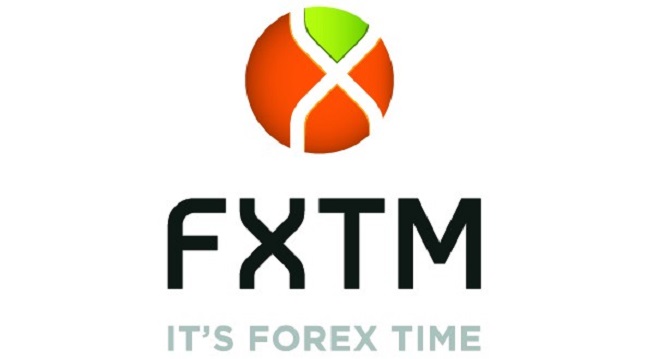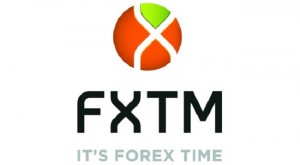Driven upward by the eurozone’s strongest economy, Germany, the Manufacturing PMI for the region grew to 51.6 in November, up from October’s 51.3 and rising steadily for a fifth consecutive month just as analysts predicted. The eurozone Services PMI on the other hand weakened slightly to 51.2 in November, but whilst the reading was lower than October’s 51.6 it was still better than what economists had forecast. Any reading over 50.0 is positive as it signals an expansion in the industry. The third quarter of 2013 revealed a mere 0.1% increase in the quarterly GDP of the eurozone, down from the 0.3% rise recorded in the second quarter and a reminder that bad times are not yet over for the eurozone nations. On a yearly basis, the eurozone GDP declined by 0.4% which is slightly better than last month’s fall to 0.5%. After last month’s shock decision to cut interest rates to 0.25%, the ECB decided that there will be no more surprises for now and President Mario Draghi instead addressed the issue of deflation risks, stating that inflation in the eurozone shall stay at low levels and will return to the 2% target level incrementally and over time. The conference was followed by a spike in the EUR/USD which closed the day at a two-month high of 1.3667. The current week awaits the ECB’s monthly report on December 12th, which will breakdown the economic climate for the month in more detail. On December 11th the Harmonized Index of Consumer Prices will be released, which is forecast to rise to 1.3%.
Last week in the US ended on a high with the GDP climbing to a robust annualized rate of 3.6%, a big step up from the preliminary reading of 2.8% and the highest reading to be recorded since Q1 in 2012. The 3.6% rate exceeded Bloomberg’s forecast of 3.1% and was steered by what has been called the largest increase in inventories since 1998. More good news followed through the US Nonfarm Payrolls for November which rose by 203K, beating expectations of 180K. The unemployment rate finally descended to the long desired target of 7%, causing the USD to rally on the hopes that the Federal Reserve may now begin to taper bond purchases to spur on growth. The most important economic news this week are due to be released on December 12th and include the US Retail Sales which are anticipated at 0.6% and Initial Jobless Claims which are expected at 321K.
The streak of positive news extended to Japan last week too, with the Japanese Leading Economic Index hitting a five-year high of 109.9 for the month of October, rising from September’s 109.2 and defeating forecasts of 109.7. The Coincident Economic Index, which measures indicators such as retail sales and other factors relating to the current economic activity, also rose in October to 109.6. December 8th shook the confidence which came with last week’s positive news, as the Japanese GDP for Q3 was revised down to 0.3% – a significant decrease from the 0.9% recorded in Q2. The causes here seem to be a decrease in corporate spending and increasing pressure on the export sector. On a slightly positive note, Consumer Confidence edged up to 41.9 for the month of November, but unfortunately the increase was not as high as analysts had predicted; hopes had seen it climb to as high as 44.
“Britain’s economic plan is working” were the opening words of Exchequer Chancellor George Osborne in his Autumn Budget Statement last week. The confidence in the British economic recovery clearly oozes from these words, but Mr. Osborne was careful to warn that despite the encouraging data enjoyed by the UK and the continuous economic growth, recovery is still slow. The lending rates were kept at the record low 0.5% once more by the Bank of England, as was the £375 billion bond-buying program. Consumer Inflation Expectations stand at 3.6% for the following 12 months as opposed to the previous figure of 3.2%, indicating that the outlook for the near future is positive. This week is predicted to be a relatively quiet week for the UK, with the only major fundamental news in store being the GDP Estimate.
What to Watch this Week:
* EUR/USD – Support levels can be found at 1.3740, 1.3690, and 1.3620 while Resistance levels at 1.3770, 1.3830 and 1.3900.
* USD/JPY – Support levels can be found at 102.70, 102.00 and 101.60 while Resistance levels at 103.40, 103.70 and 104.00.
* GBP/USD – Support levels can be found at 1.6320, 1.6370 and 1.6415 while Resistance levels at 1.6465, 1.6500 and 16560.



